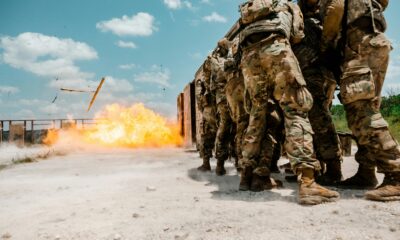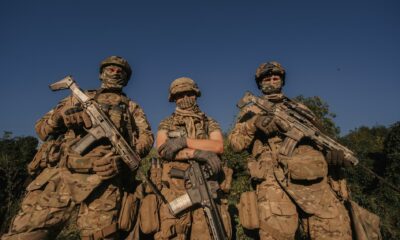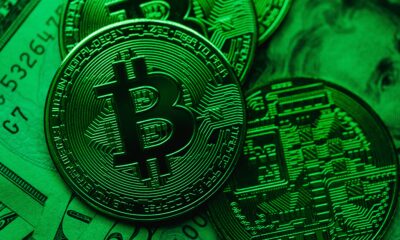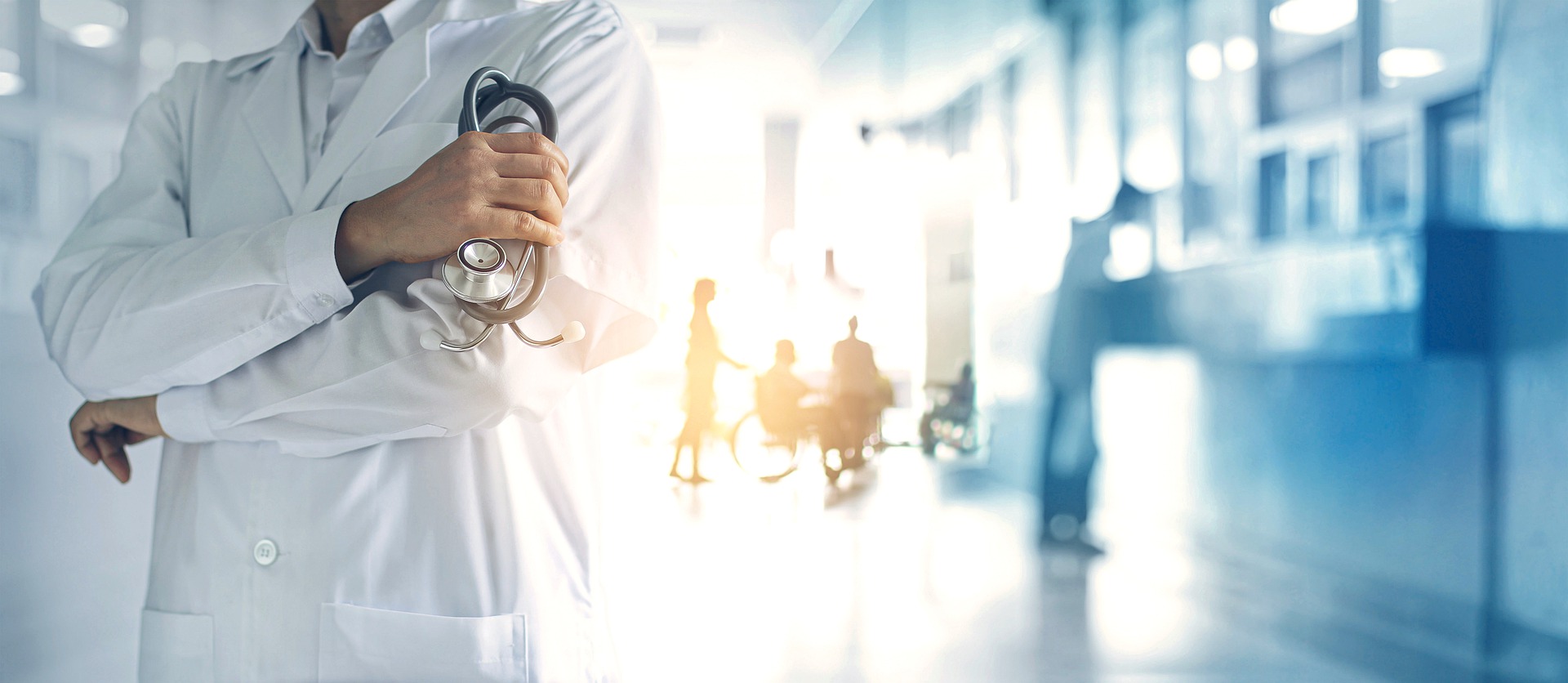Asset Allocation Research How to mitigate the cost of contango
Highlights
- An investor in commodities using futures contracts is not only exposed to the price of the raw material but also to the cost of holding a futures contract and rolling it from one contract to another.
- To mitigate the cost of rolling (contango), investors need to add exposure to futures contracts with a longer shelf life where volatility is lower but expected return is also less.
- Since 2002, a portfolio of both short and long maturity contracts outperformed short maturity only contracts by 6.5% per year, enhancing the Sharpe ratio to 0.26.
The mechanism of contango and backwardation continues to intrigue. While contango is known to reduce an investment’s overall return, questions remain as to whether it is possible to avoid it. In this note, we will focus on oil and particularly Brent, looking at the different elements investors should be aware of before considering investing in commodities as well as how to mitigate the negative impact of contango on the performance of a portfolio.
The futures curve
A futures curve is a series of prices of futures contracts that expire at different points in time (as illustrated below). Because each commodity follows its own fundamentals, the shape of the futures curve tends to vary from one commodity to another. Oil futures curves for example, tend to reflect market expectations on the future direction of oil prices.
The previous chart shows how the futures curve of Brent has moved since last year. The entire curve shifted upward with futures contracts at the short end of the curve benefitting most compared to contracts at the longer end of the curve.
The chart also shows that liquidity, measured by the traded volume on each futures contract, is higher at the short end of the futures curve where financial services and speculators tend to be concentrated. Smaller volumes at the longer end of the curve are usually commercial positions taken by consumers or producers of oil using the futures market as a hedge.
The impact of fundamentals
Because the futures curve is made of futures contracts that expire at different points in time, a change in the fundamentals will have variable impact on the price of each contract. An event such as the OPEC/non-OPEC agreement has the potential to keep the longer end of the future curve flat for a while as the market expects producers to continue controlling supply going forward. However, the current price support at the short end of the curve may vanish if the deal was to fail, deepening the contango at the short end of the curve.
The above chart shows that the correlation between the level of US oil inventories and oil prices at the short end of the curve is higher than the correlation with the longer end of the curve. Futures contracts at the short end are more sensitive to the change in supply, demand and inventories than the longer end. With US shale oil production on the rise, contango at the short end may deepen in the near term.
As a result, futures contracts with short-term maturity tend to be more volatile than contracts at the longer end as illustrated in the chart below. On the other hand, any gain or loss will be higher with short maturity contracts than long maturity contracts.
Long backwardation short contango
Because of the liquidity issue mentioned earlier, it is difficult for speculative investors to get exposure to the longer end of the curve. Most investors are therefore exposed to the short end of the curve where roll cost and volatility are the highest.
In this section, we look at whether it is possible to build a portfolio that will mitigate the negative impacts of contango on return by ensuring exposure to the best part of the curve. For this purpose, we have created the following three portfolios:
– Our benchmark is 50% in Brent futures contracts with an average maturity of one month and 50% in contracts that have an average maturity of two years.
– Two long only portfolios using the change in oil prices over the past month and the shape of the future curves at the end of the past month as trading signal. One portfolio invests in either the short end (Brent 1mth) or the longer end (Brent 2Yr) while the other portfolio will overweight the maturity highlighted by the signal and underweight the other maturity at the same time.
The performance chart shows that all the portfolios including the benchmark outperformed an exposure to the short maturity contract as holding Brent 1Mth since 2002 would have provided a return of 1.5% per year. Both long only portfolios outperformed the benchmark by 1.8% per year on average and the long only portfolio that alternates between Brent 1Mth and 2Yr outperformed Brent 2Yr by 0.2% per year.
In addition, the summary table highlights that both portfolios have a lower level of volatility than the benchmark and Brent 1Mth, allowing for an increase of the Sharpe ratio by 39% on average compared to the benchmark.
A maximum recovery time of more than 8 years for all the portfolios and constituents indicate that they have yet to recover to their previous peak in June 2008. With OPEC taking back control of their production level and US shale oil now profitable with a price around US$50/bbl., a recovery back above US$100/bbl. is simply unrealistic for the time being.
Looking at the performance since the beginning of 2016 when oil prices started to recover from a 13-year low, the long only portfolio with either Brent 1Mth or 2Yr is posting the highest Sharpe ratio at 0.69, followed by the long only portfolio combining both (0.66), Brent 1Mth (0.63), the 50/50 benchmark (0.57) and Brent 2Yr (0.50).
When using futures contracts to get exposure to commodities, an investor needs to be aware of the composition of the return the investor will get, as a gain in the commodity price does not necessarily translate in a gain in the investment’s overall return. When the futures curve is in contango, the cost of rolling from one contract to the other is deducted from the gain in price and will reduce the end return. While investors generally prefer an exposure to the short end of the curve due to liquidity, adding an allocation to futures contracts at the longer end can reduce the negative impact of contango and improve returns. Since 2002, the portfolio combining both maturities outperformed the short maturity exposure by 6.5% per year, enhancing the Sharpe ratio from -0.01 to 0.26. The strategy also allows for more diversification.
Important Information
This communication has been issued and approved for the purpose of section 21 of the Financial Services and Markets Act 2000 by ETF Securities (UK) Limited (“ETFS UK”) which is authorised and regulated by the United Kingdom Financial Conduct Authority (the “FCA”).
The information contained in this communication is for your general information only and is neither an offer for sale nor a solicitation of an offer to buy securities. This communication should not be used as the basis for any investment decision. Historical performance is not an indication of future performance and any investments may go down in value.

 Nyheter4 veckor sedan
Nyheter4 veckor sedan
 Nyheter3 veckor sedan
Nyheter3 veckor sedan
 Nyheter4 veckor sedan
Nyheter4 veckor sedan
 Nyheter3 veckor sedan
Nyheter3 veckor sedan
 Nyheter3 veckor sedan
Nyheter3 veckor sedan
 Nyheter3 veckor sedan
Nyheter3 veckor sedan
 Nyheter3 veckor sedan
Nyheter3 veckor sedan
 Nyheter2 veckor sedan
Nyheter2 veckor sedan






















